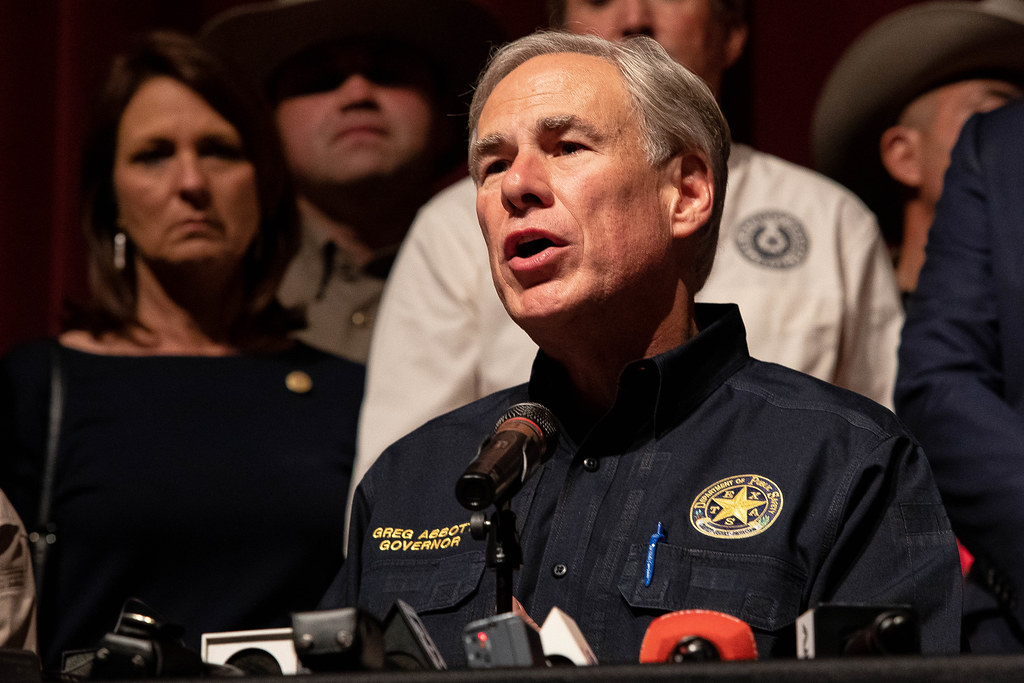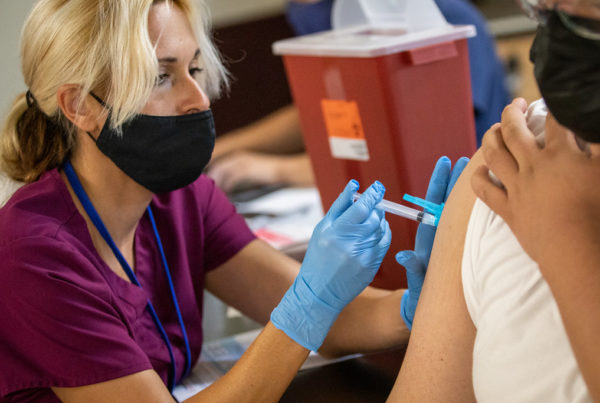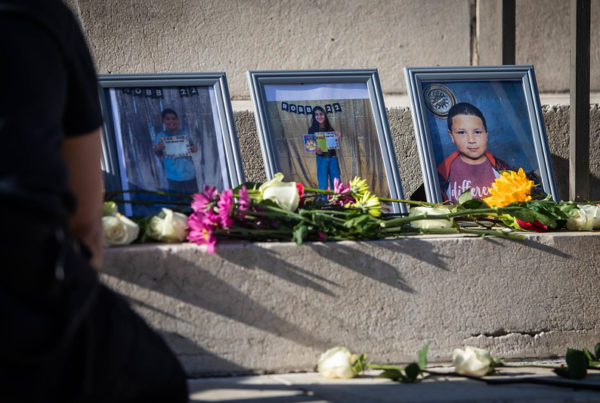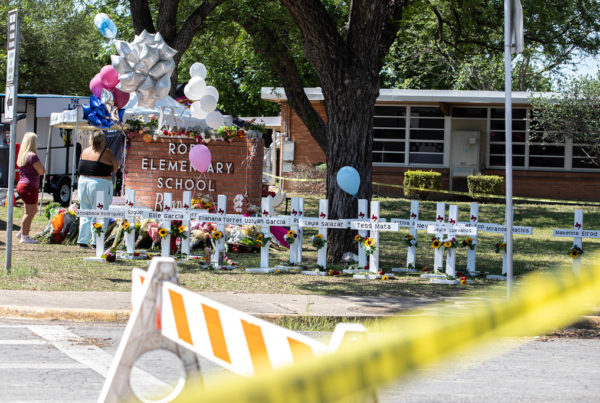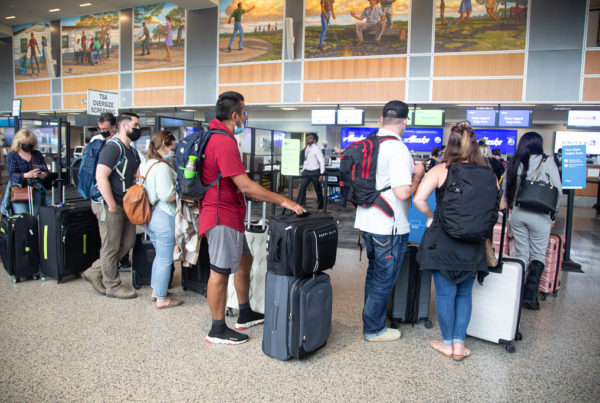Today, which would have been the last day of classes for the school year in Uvalde, is instead another day of intense grief and mourning following a mass shooting Tuesday that left 19 children and two teachers dead at Robb Elementary School.
There have been eight mass shootings in Texas in the past 13 years, as The Texas Tribune has noted, yet lawmakers have steadily loosed restrictions on firearms over that same period.
Shortly after a school shooting four years ago at Sante Fe High School in Sante Fe, Texas, left 10 people dead, Gov. Greg Abbott put forth a 40-page list of safety recommendations, said Corbett Smith, an education reporter for The Dallas Morning News. During the 2019 legislative session, those recommendations became Senate Bill 11, the largest bill to set a per-student allotment for student safety.
“It required schools to submit an emergency operations plan to the nexus of state safety in schools, which is, you know, at Texas State, it’s the Texas School Safety Center,” Smith said. “It required schools to create threat assessment teams, which was kind of a unique concept where a group of people at school would identify students that were having emotional problems and try to give them guidance and have possible intervention.”
But lawmakers did very little in addressing gun safety and gun laws in the state after the Sante Fe shooting.
“The governor had talked about red flag laws; that was dismissed in that subsequent legislative session and did not get out of committee in ’21,” Smith said. In 2018, “that was probably the first time you saw state leaders taking that step. They immediately backed away.”
» RELATED: How you can help the Uvalde shooting victims
Smith also pointed out the logistical difficulty of “hardening” schools by restricting access points, as politicians have suggested following the Uvalde shooting, in a state with over 1,300 school districts and campuses that range from brand new to more than 80 years old.
“There are definitely methods that you can establish some building standards to create a secure environment. But, you know, you would then need to subsequently go to every campus and say, if this campus is not up to snuff, we’re going to what, issue a bond and demolish it and rebuild?” Smith said. “It is impractical to try to put a one-door solution, as Senator [Ted] Cruz mentioned, to all the campuses in the state, especially new high school campuses where you’ve got kids entering and exiting the building throughout the day in various ways. It’s a very difficult problem to wrangle. And that’s what state leaders are looking like, that’s the direction that they’re going to go.”


